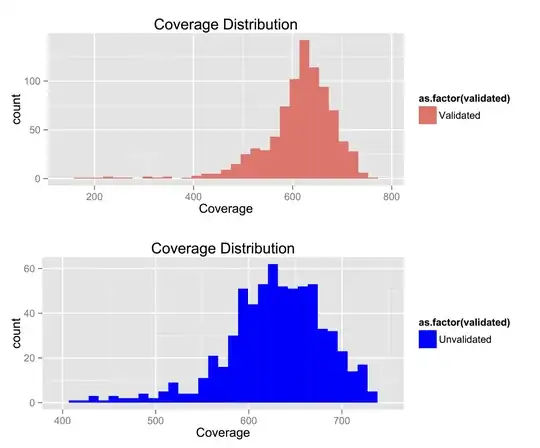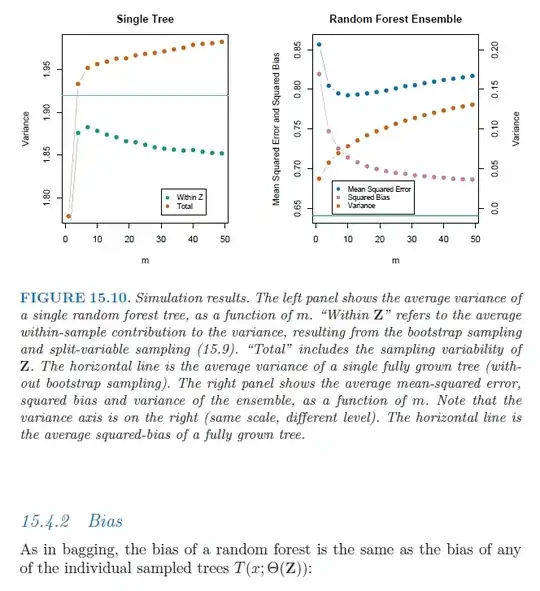If you had no information at all other than this relationship, you should not have a lot of confidence in your prediction of a spike in temperature soon. That's because it might be a spurious correlation, with some other variable driving changes in both temperature and CO2, or there might be reverse causation, with temperature driving CO2 changes (checking for Granger causality could help a bit EDIT: but see Dikran Marsupial's concerns about this). But this graph certainly shouldn't make you comfortable that there's no relationship at all! It should mildly move your priors in the direction of expecting a rise in temperature soon.
But more importantly: this is NOT the only information we have available. We have good earth systems models that predict that temperature should be associated with CO2, and this is based on a deep scientific understanding of how CO2 interacts with the atmosphere, oceans and biosphere. In fact, we've understood the basic science behind it since the late 1800s:
In 1896 Svante Arrhenius used Langley's observations of increased
infrared absorption where Moon rays pass through the atmosphere at a
low angle, encountering more carbon dioxide (CO 2), to estimate an
atmospheric cooling effect from a future decrease of CO
2. He realized that the cooler atmosphere would hold less water vapor (another greenhouse gas) and calculated the additional cooling effect.
He also realized the cooling would increase snow and ice cover at high
latitudes, making the planet reflect more sunlight and thus further
cool down, as James Croll had hypothesized. Overall Arrhenius
calculated that cutting CO 2 in half would suffice to produce an ice
age. He further calculated that a doubling of atmospheric CO 2 would
give a total warming of 5–6 degrees Celsius.[24]
Further, Arrhenius' colleague Arvid Högbom, who was quoted in length
in Arrhenius' 1896 study On the Influence of Carbonic Acid in the Air
upon the Temperature of the Earth[25] had been attempting to quantify
natural sources of emissions of CO 2 for purposes of understanding the
global carbon cycle. Högbom found that estimated carbon production
from industrial sources in the 1890s (mainly coal burning) was
comparable with the natural sources.[26] Arrhenius saw that this human
emission of carbon would eventually lead to warming. However, because
of the relatively low rate of CO 2 production in 1896, Arrhenius
thought the warming would take thousands of years, and he expected it
would be beneficial to humanity.[26][27]
Scientific questions are almost never resolved by a single piece of information, such as this graph. Evidence accumulates through many different sources and methods, and the high confidence that most scientists have in climate science is because it has a great deal of support from multiple sources.

